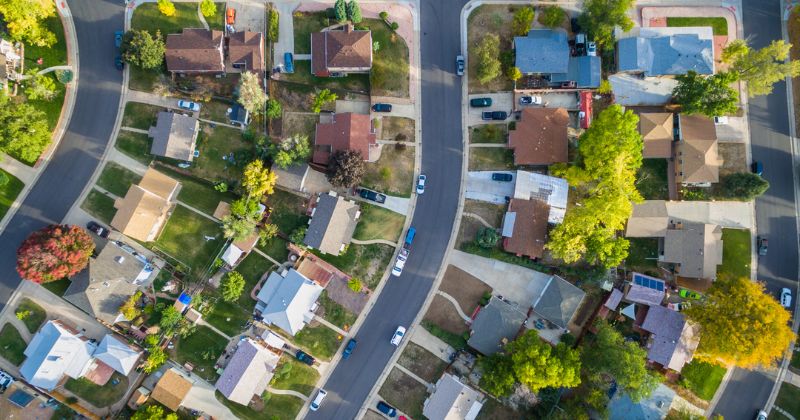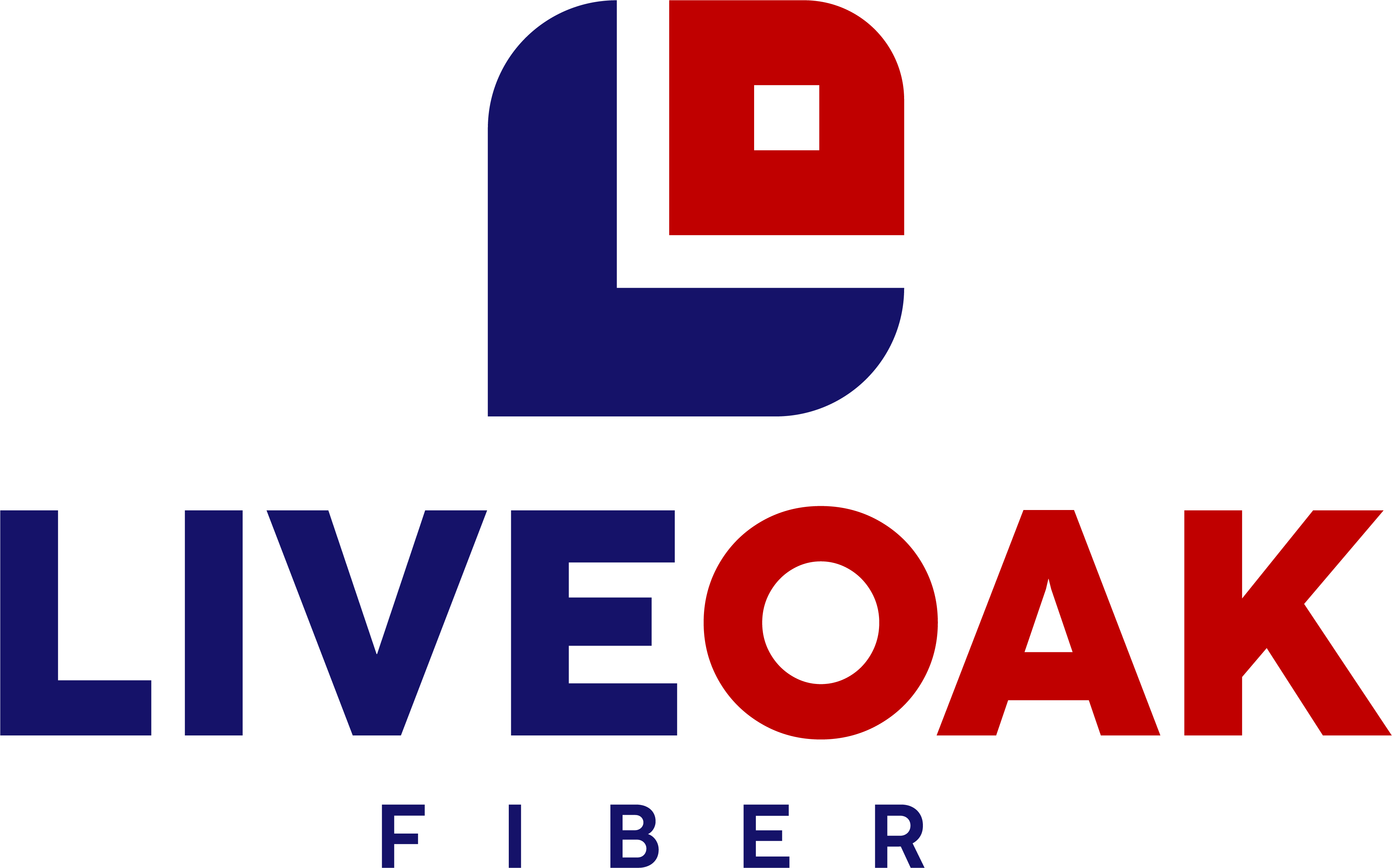
The complete guide to checking fiber internet availability near you
High-speed internet is no longer a luxury—it’s a necessity. Whether you’re streaming, working from home, gaming, or managing a smart home, your experience depends on a fast, reliable connection. That’s where fiber internet comes in.
But there’s a catch: fiber-optic internet isn’t available everywhere. So how do you know if you can get it?
This guide breaks down how to check fiber internet availability in your area, why it matters, and what to do if it’s not available yet.
What Is Fiber Internet?
Fiber-optic internet uses strands of glass or plastic to transmit data as pulses of light, allowing for incredibly fast speeds—often up to 1 Gig (1,000 Mbps) or more. It’s also known for:
- Symmetrical speeds (equal upload and download rates)
- Low latency, ideal for real-time applications like video calls or online gaming
- High reliability, with fewer outages compared to cable or DSL
Fiber is the gold standard of internet technology—and it’s expanding.
How to Check If Fiber Internet Is Available in Your Area
1. Use Your ZIP Code to Search Online
Most internet providers offer a service map or availability checker on their websites. You’ll typically enter your ZIP code or full address to see if fiber is offered.
For example:
- AT&T, Verizon, and Google Fiber have availability tools
- Regional providers like LiveOak Fiber offer availability checks for select areas in Georgia and Florida
Tip: Don’t stop at national providers—local fiber companies are often building high-speed networks in underserved areas.
2. Check FCC Broadband Maps
The Federal Communications Commission (FCC) maintains a Broadband Map showing which providers serve each location and the types of internet available (fiber, cable, DSL, satellite, etc.).
You can search your address and see exactly what kinds of services are reported in your area.
3. Ask Your Neighbors or HOA
Sometimes websites aren’t updated as fast as reality. If you’re unsure, talk to neighbors or your homeowner’s association. A provider may have recently expanded fiber service into your neighborhood even if it’s not widely advertised yet.
4. Call Local Providers Directly
If you’re in a rural or newly developed area, calling a provider directly can give you more accurate information. They may even tell you if fiber is coming soon to your neighborhood.
Some providers, like LiveOak Fiber, focus specifically on smaller towns and underserved communities, so it’s worth checking with them even if national providers don’t offer fiber in your ZIP code.
What to Do If Fiber Isn’t Available Yet
If fiber internet isn’t available at your address, here’s what you can do:
- Join a waitlist. Some providers allow you to sign up for alerts or demand surveys, which can influence expansion plans.
- Check for fixed wireless or 5G home internet. These options can offer higher speeds than DSL or satellite.
- Upgrade to the fastest plan available. Even cable or hybrid fiber-coaxial (HFC) services can offer decent performance if fiber isn’t an option.
- Stay informed. Fiber buildouts are happening rapidly across the U.S., especially in growing or underserved regions.
Why It’s Worth the Wait
Even if fiber isn’t available today, it’s worth keeping on your radar. Fiber internet offers:
- Faster downloads and uploads
- Better performance for video conferencing, streaming, and gaming
- Support for smart homes and future tech
- Higher property value for homeowners
And with government funding and private investment driving fiber expansion, it may arrive in your neighborhood sooner than you think.
Final Thoughts
Fiber internet availability is expanding, but it’s still not universal. Luckily, it’s easy to find out whether it’s in your area—or on the way.
To check if fiber is available:
- Use provider websites and ZIP code tools
- Explore the FCC broadband map
- Talk to neighbors or local officials
- Contact providers directly for updates
If you’re in Georgia or Florida, regional fiber providers like LiveOak Fiber may already be building a network near you.
